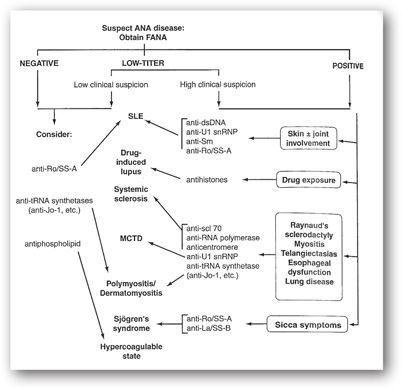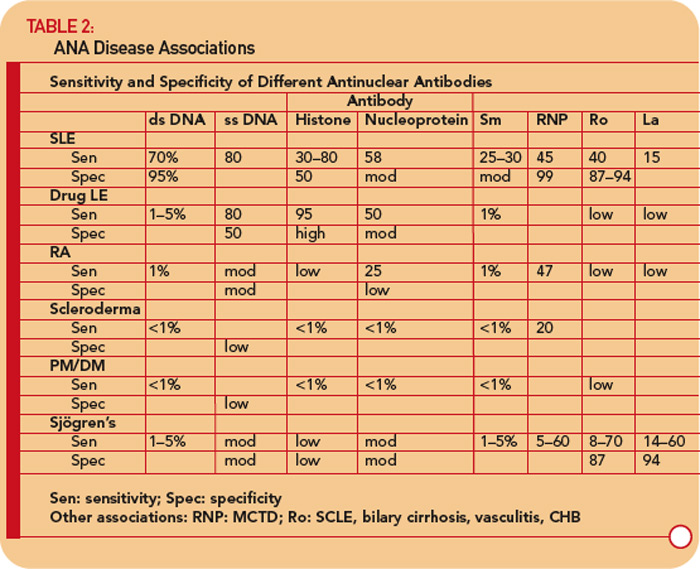Ssa Antibody Reference Range
Ss a ro is composed of protein antigens of 52 kd and 60 kd combined with cytoplasmic rna species.
Ssa antibody reference range. Ss b la is composed of a 48 kd protein combined with rna species. A positive anti ro result is revealed and known by a speckled appearance under immune fluorescence with ultraviolet light. This has been termed antiphospholipid antibody syndrome. Ss a ro ss b la rnp and sm are autoantigens commonly referred to as extractable nuclear antigens ena.
The presence of both antibodies ss a and ss b strengthen the diagnosis of sjögren s syndrome and conveys prognostic information. Anti ro levels may be elevated in the following conditions. Ss a ro antibodies are associated with childhood le neonatal le and with congenital heart block in infants born to mothers with le 1 2 ss a ro antibodies have also been reported to be associated with features of extraglandular inflammation in patients with le including vasculitis purpura cytopenias and adenopathy. Anti ss a and anti ss b are found in virtually all children with neonatal lupus.
Lupus erythematosus le 40 60 of. Anti ro antibodies also known as anti ssa antibodies are associated with sjögren syndrome. Sjögren s antibody ss b is present only if sjögren s antibody ss a is also detected. The reference range of anti ro antibodies is negative.
60 70 of cases systemic lupus erythematosus sle. Sjogren s antibodies ss a ss b sjögren s antibodies ss b is detected in approximately 15 of patients with sjögren s syndrome. Antibodies to ss a are also associated with hla loci dr3 and dr2 and with hereditary deficiency of c2. The reference range of anti ro antibodies is negative.
Ss a ro antibodies occur in patients with several different connective tissue. Antibodies to ena are common in patients with connective tissue diseases systemic rheumatic diseases. 25 of cases both anti ro ssa and. Ss a ro antibodies occur in patients with several different connective tissue diseases including sjogren syndrome an autoimmune disease that involves primarily the salivary and lachrymal glands up to 90 of cases.
















